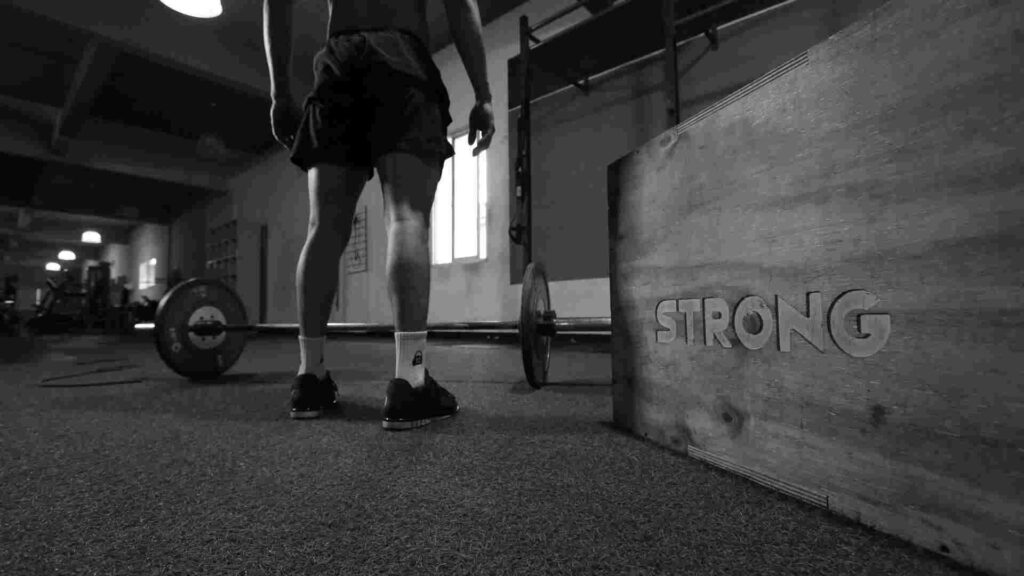Q. Which of the following is not a component of health-related fitness?
A. Cardiorespiratory fitness
B. Bone density
C. Muscular strength
D. Flexibility
[lwptoc]
Q. Which of the following is NOT true concerning the curl-up test?
A. The curl-up only tests the endurance of the abdominal muscles, not their strength.
B. Curl-ups are performed while lying on the floor with knees slightly bent.
C. The fingers are supposed to slide 3.5 inches along the floor during a curl-up.
D. Curl-ups are supposed to be done at a rate of about one every three second.
Q. Which of the following is not part of the step test for assessing cardiorespiratory fitness?
A. Taking your pulse
B. Performing the test for 1 hour
C. Comparing your results to a reference chart
D. Using a 12-inch step

Q. The BEST strategy for improving flexibility throughout the body is to __________.
A. Perform different stretching exercises targeting multiple areas
B. Perform the same exercise over and over until target flexibility is reached
C. Perform stretching exercises in between each strength-building exercise
D. Perform a set routine of exercises, targeting only one area of the body
Q. Different forms of exercise improve different aspects of health-related fitness. True or False?
Q. The five components of health-related fitness include __________.
C. Coordination
D. Reaction time
Q. How are the components of fitness interrelated?
The components of fitness are interrelated in that the ability to climb hills, run sprints and swim long distances are all critical skills for a triathlete to maintain. Each component is closely linked with other components as well as overall health and fitness.
For example, your cardio endurance will determine how far you can swim and bike, both of which rely on oxygen delivery to your muscles. More specifically, your aerobic system requires good blood flow and capillary beds as well as efficient use of nutrients from fats, carbohydrates and protein.
Q. Which of the following do performance evaluation tests not measure?
Q. A Component of Physical Fitness Which of the following / the components of physical ________________.
Components of physical fitness
The components of physical fitness include:
1. Cardiovascular/respiratory endurance: the ability of the heart and lungs to deliver oxygen to the muscles
2. Muscular strength: muscle power, or ability to apply force
3. Muscular endurance: muscle resisting fatigue during repeated contractions over time
4. Flexibility: joints can move through their full range of motion
5. Body composition: body fat percentage
6. Motor skills: coordination, agility, balance and speed
